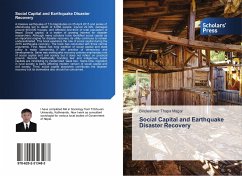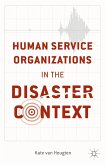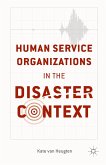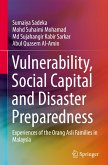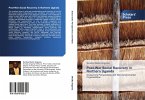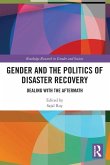A massive earthquake of 7.6 magnitudes on 25 April 2015 and series of aftershocks led to death of 8,856 people, injured 22,309, damaged around 600,000 houses, and affected one-third of total population of Nepal. Social capital, is a matter of growing interest for disaster researchers. Although many scholars have identified social capital as an important engine for disaster recovery, its utility continues to remain underestimated. This book examines the role of social capital during the 2015 earthquake recovery. The book has concluded with three central arguments. First, Nepal has long tradition of social capital and state policy is made concerning it with practice of democracy and developments. Same way earthquake recovery policies emphasizes role of social capital and civil society but it does not reflect on practical ground. Second, traditionally 'bonding ties' and indigenous social capitals are minimizing by modernized 'weak ties'. Same time; migration in rural society is badly affecting modern version of social capital and civil society. Third, social capital absolutely contributes the disaster recovery but its downsides also should be concerned.
Bitte wählen Sie Ihr Anliegen aus.
Rechnungen
Retourenschein anfordern
Bestellstatus
Storno

